#4 Go Fishing! (Seriously — It’s What Lofoten Is All About)
Fishing isn’t just some cute local tradition — it’s the backbone of Lofoten. People here have been hauling cod out of the sea for centuries, and the whole region basically exists because of it. Even today, especially in winter during the Lofotfisket season, fishing still pays the bills for a lot of families.
If you want to understand Lofoten beyond the postcard views and tourist shops, go fishing. And no, we don’t mean standing on a rock with a rented rod for 15 minutes. Go out with real fishermen on a proper boat.

From our amazing April Fishing Trip with Go2Lofoten
📍 Fishing From Svolvær
If you’re based in Svolvær, book a trip with Go2Lofoten — it’s run by six out of seven Hansen brothers (yes, really). These guys grew up in Svolvær, their parents and grandparents fished and hunted whales, and now they’re doing what they know best: taking people out to sea and showing them what fishing here actually looks like.
We went with Bård in April 2023 and had an absolute blast. He’s the kind of guide who makes you feel like you’re out fishing with a friend — except this friend knows everything about the sea, answers all your random questions about cod and whaling, and keeps the mood light even if the fish aren’t biting. We laughed, we learned, we caught dinner. No complaints.

Happy Radka and her cod!
Fishing From Ballstad
In the western part of Lofoten, we recommend you to go for a fishing trip from Ballstad with Next Adventure Lofoten.
The village has a long history of fishing and maritime culture, with many of its buildings and houses dating back to the 19th century. Today, Ballstad remains a bustling fishing village with a vibrant community of fishermen and their families.
Fishing in Ballstad, Lofoten is a truly unique experience, and one that is made even better when aboard the L/S Sira. This classic 41-foot oak-wood boat from the 1940s has a rich history, originally used to transport pilots between ports and larger ships at sea.
Nowadays, the L/S Sira is a protected ship and takes visitors on 3-hour fishing tours to the best local fishing spots.
BOOK FISHING FROM BALLSTAD
#5 Go Kayaking!
Kayaking is a fantastic way to explore the breathtaking scenery of Lofoten. There are some great places to paddle around, including Reinefjorden, Svolvær, Skrova, and Henningsvær.
It’s important to note that for safety reasons, you need to have a certificate to rent a kayak on your own. If you don’t have one, consider joining a guided tour.
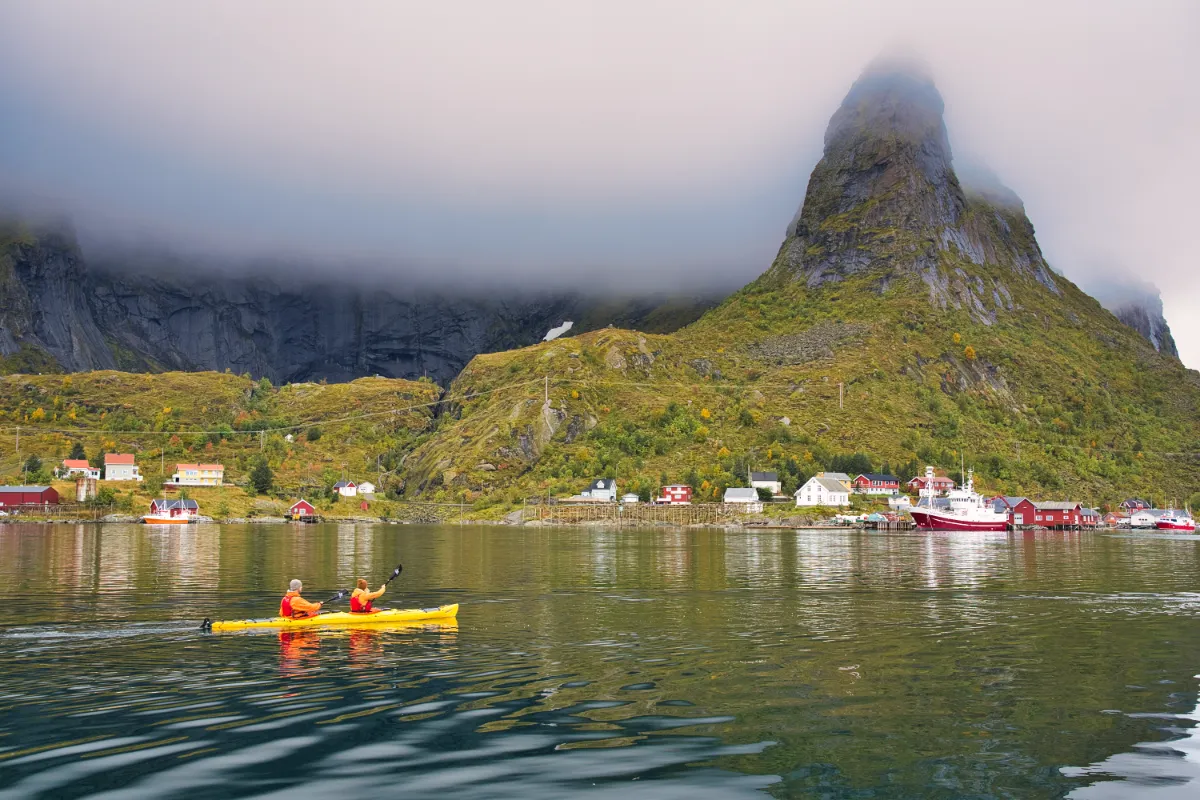
Kayaking in Reinefjorden
If you’re looking for a great kayaking experience in Reinefjorden, we highly recommend Reine Paddling. Runhild, who owns the company and also runs the Catogården accommodation, grew up in Reine and has excellent knowledge of the fjord’s conditions.
You can be assured that you will be in safe hands with her. Although we have not yet joined a guided trip from Reine Paddling, we often rent kayaks from Runhild since we don’t own our own kayaks.
BOOK KAYAKING IN REINEFJORDEN

This is not exactly a summer picture (It was taken during Easter), but kayaking in Reinefjorden is fun all year round!
Kayaking in Skrova Island
Another magical place where we would recommend you to try sea kayaking is the island of Skrova. Skrova is often called the “Hawaii of Lofoten” due to its pristine white sandy beaches and crystal-clear waters.
It is just a short ferry ride away from Svolvær and has a population of around 200 people, who primarily engage in fishing. The village gained privileged trading rights in 1760, and for a long time, it was the largest fishing village in Lofoten, as well as the largest whaling station in Norway.
Skrova Kayaking, run by Czech kayaker Michal Kraus, offers guided kayaking tours around the island. Michal, who lives on the island, has extensive knowledge of kayaking and the local conditions, so you can be assured of a safe and enjoyable experience.
BOOK KAYAKING ON SKROVA
#6 Watch Sea Eagles in Trollfjord
Trollfjord is a narrow and dramatic fjord located between the Lofoten and Vesterålen islands in northern Norway. The fjord is famous for its steep cliffs that rise up to 1,000 meters above sea level, and its narrow entrance that is only 100 meters wide.
The Battle of Trollfjord
One of the most famous events that took place in Trollfjord was the Battle of Trollfjord in 1890. That year the cod migrated all the way to Rafsundet and the narrow Trollfjorden.
At the time, most fishermen used small traditional boats to fish, but a few shipping companies had introduced steam boats that used closed nets. These steamboats blocked the fjord mouth with nets, catching the fish inside and preventing the small boats from accessing the fjord.
This sparked a conflict between the rowing boats’ fishermen and the steamship crew and led to a fight. While there were injuries reported, there were no fatalities.

Hurtigruten entering the Trollfjorden
RIB Safari to Trollfjord
To explore Trollfjord, take a boat tour from the nearby town of Svolvær. There are plenty of tour companies to choose from, offering everything from high-speed RIB boat trips to longer sailing adventures.
If you’re up for a wild adventure, you should try a sea eagle safari on a RIB in Trollfjord. Not only will you get to enjoy breathtaking views of Lofoten and Vesterålen, but you’ll also get to see these amazing sea eagles up close in their natural habitat.
BOOK RIB SEA EAGLE SAFARI
Sea Eagles in Trollfjord
Sea eagles are the largest birds of prey in Europe and have a wingspan of up to 2.5 meters. When you take a RIB tour, the guides will share all kinds of cool facts and stories about these incredible creatures. They’ll even feed them right in front of you, giving you a chance to see these majestic birds up close. Trust us, it’s an experience you won’t forget!
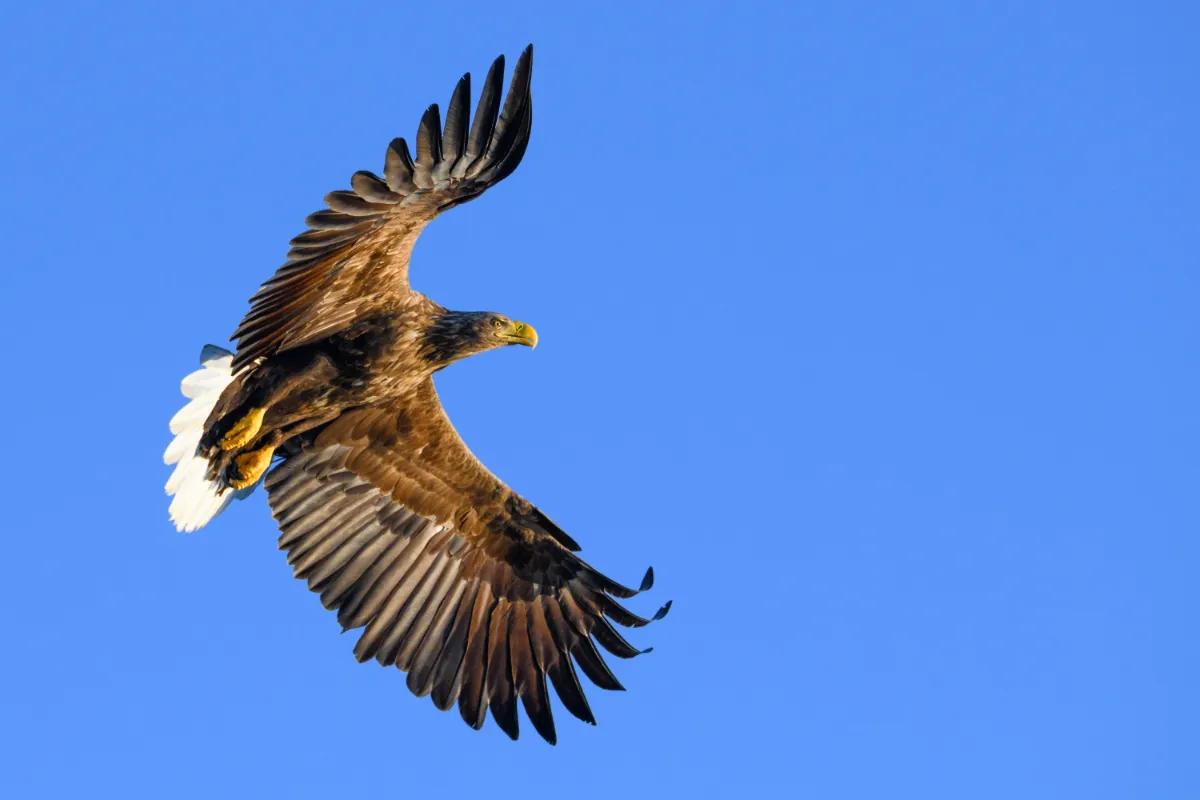

#7 Spot the puffins!
The island of Røst is well known for its diverse and abundant bird life. Specifically, the island is famous for its large colonies of seabirds, including Atlantic puffins, black-legged kittiwakes, northern fulmars, and common guillemots, among others.
These birds are attracted to the island because of its nutrient-rich waters and rocky coastline, which provides ideal breeding and nesting habitats for them. The bird cliffs of Røst are a popular destination for birdwatchers and wildlife enthusiasts from all over the world.
Decline of Puffin Numbers
According to an 2015 article in the newspaper Framtida, Røst had the largest colony of puffins for many years. In 1979, there were 1.5 million puffin couples nesting on the island.
However, by 2015, the number had dropped significantly to 289,000 due to a lack of nutritious food.
As a result, many couples choose to abandon nesting or cancel the process, and the hatched chicks have had a low survival rate since 2006. This problem is caused by the rise in sea temperature, which has allowed mackerel to move north and feed on the herring that the puffins used to rely on for food.
Sadly, this issue is not unique to Røst, as Norway’s total puffin population has decreased by a third over the last 30 years. Puffins have a lifespan of around 25 years and only lay one egg per year.
These factors, combined with their relatively stationary nature, have led to concerns that the puffin population on Røst and in other areas could face extinction over time.
Local tip: The best time to see puffins on Røst is from late April to mid-August, when they come to the island to breed and nest.
#8 Go Whale Watching
While Lofoten Islands are known for their scenic beauty and wildlife, including whales, it is important to note that there are no organized whale safaris in the Lofoten Islands.
Vesterålen is a lesser-known archipelago located north of the Lofoten Islands. Despite not having the same level of Instagram fame as Lofoten, Vesterålen offers a unique and quieter experience for travelers. One of the most significant advantages of traveling to Vesterålen is the opportunity to go on a whale watching trip.
The Whales in Andenes
The northern tip of the Andøya island is situated on the edge of the continental shelf, where the nutrient-rich waters provide an abundant food source for a variety of marine life, including the whales.
The whale watching season in Vesterålen is a year-round affair, with different species of whales being more prominent during different times of the year.
During the summer months, the waters outside Andenes in Vesterålen are primarily populated by Sperm whales. However, you may also spot other whale species, such as Killer whales and Pilot whales.

For those looking to experience whale watching in Andenes, we highly recommend joining Whalesafari Andenes on board their unique vessel, M/S Reine.
The boat has a rich history, dating back to the World War II. Originally intended as a seal hunting vessel, delays caused by the war led to a change of plans, and the vessel was sold to Vesteraalens Steamship Company to be used as a passenger boat in the Lofoten and Vesterålen regions. Throughout the years, M/S Reine underwent several refits and was used for various purposes. In 1992, M/S Reine embarked on its new adventure with Whalesafari A/S as their main whale watching vessel.
Since then, M/S Reine has been continuously upgraded and adapted in terms of safety and comfort for passengers. Today, it is a state-of-the-art vessel designed specifically for whale watching, with indoor seating areas and large windows. The vessel also has specialized equipment, such as hydrophones for listening to the whales.

Getting to Andenes
As Andenes is a small town located on the northern coast of Vesterålen, getting there by public transport is a challenge. However, if you’re looking for a comfortable and hassle-free way to travel to Andenes, we highly recommend taking a bus trip with Best Arctic that combines the bus transportation with whale watching Safari.
➡️ Whale Watching From Svolvær
➡️ Whale Watching From Tromsø
During summer time it is mainly Sperm whales to be found in the area outside Andenes. But it is also possible to come across other whale types, typically Killer whales and Pilot whales.


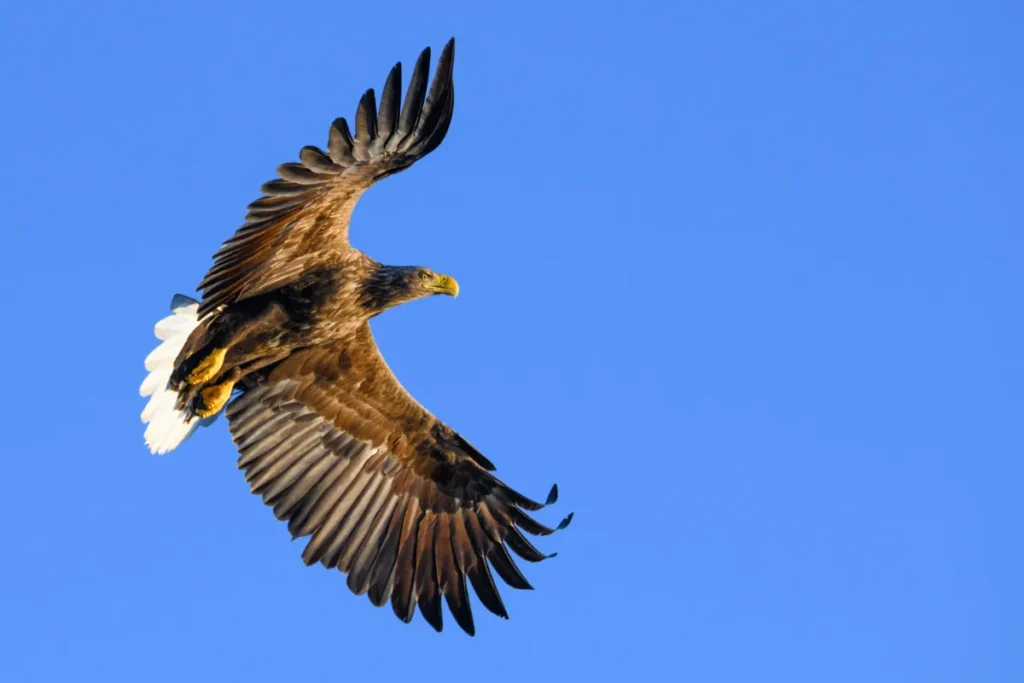
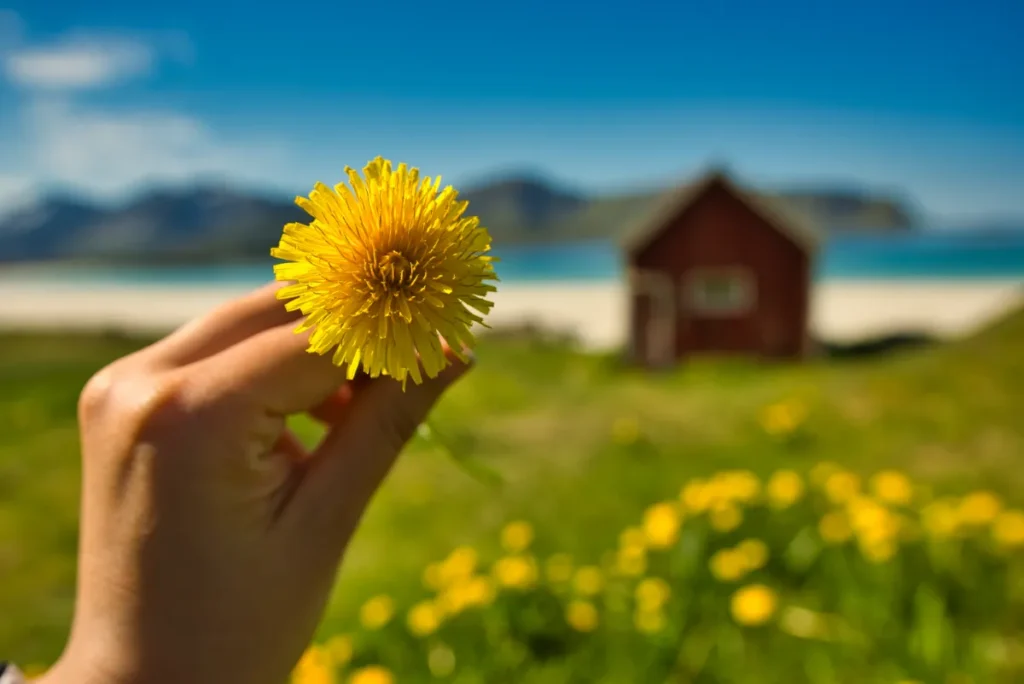
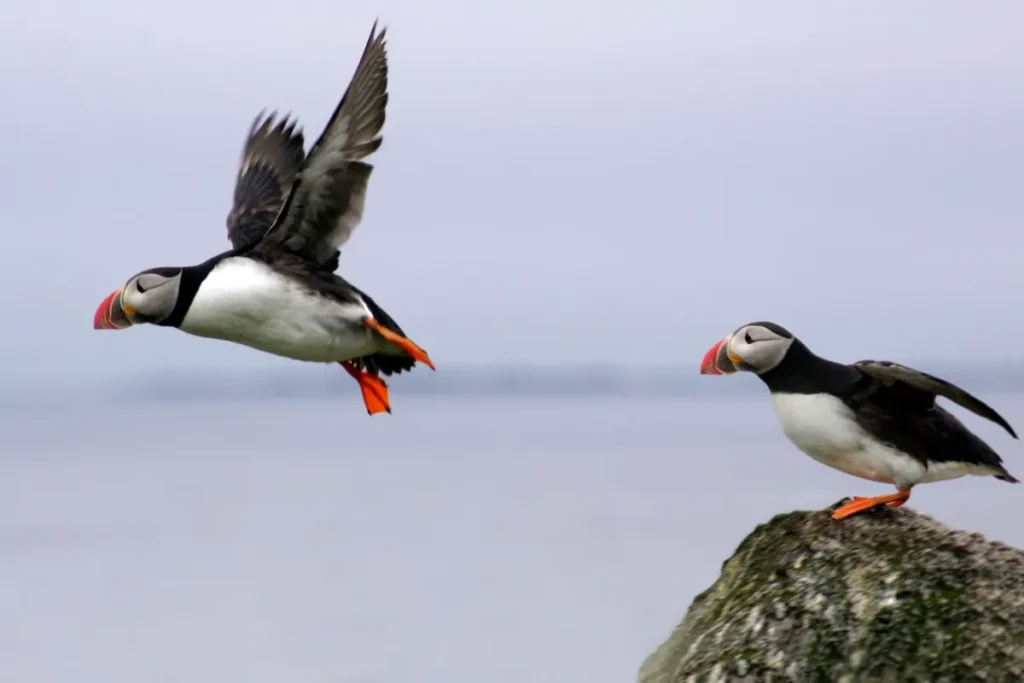
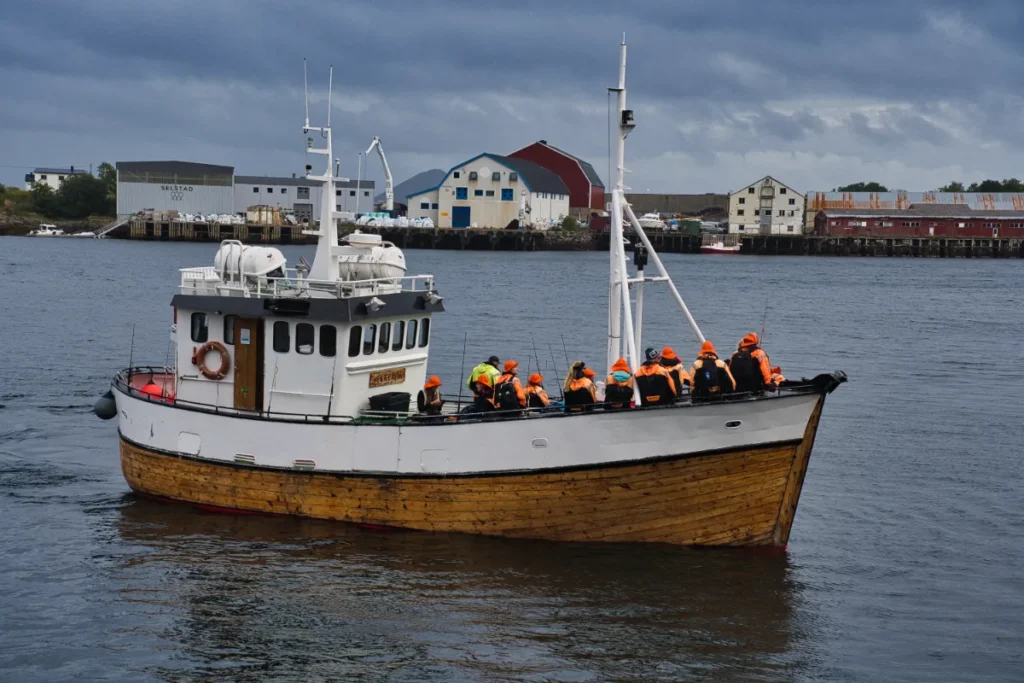
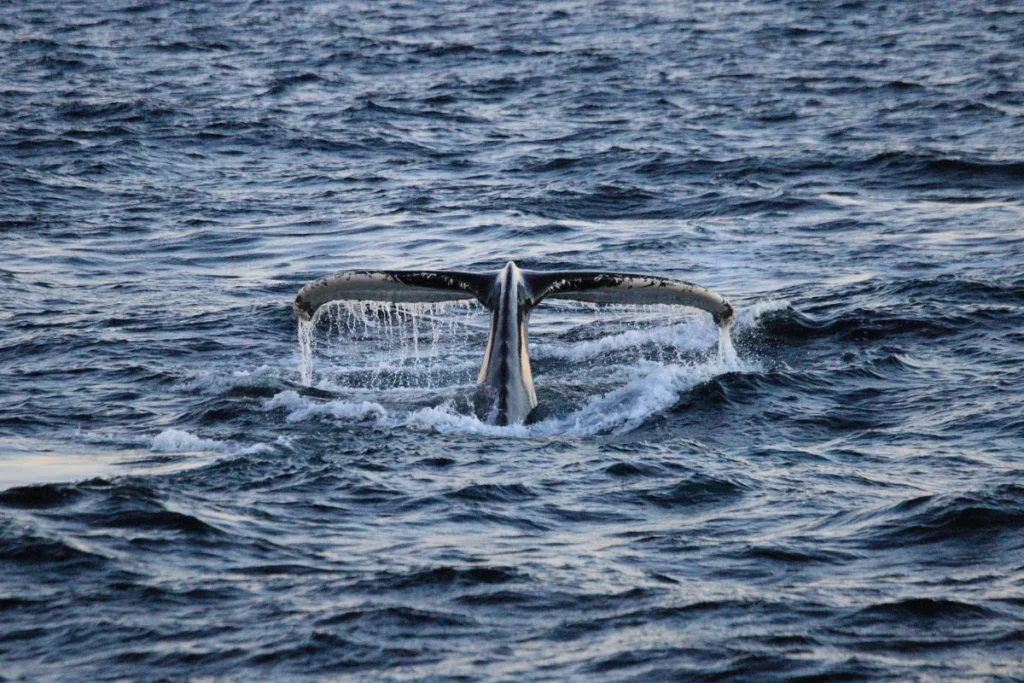





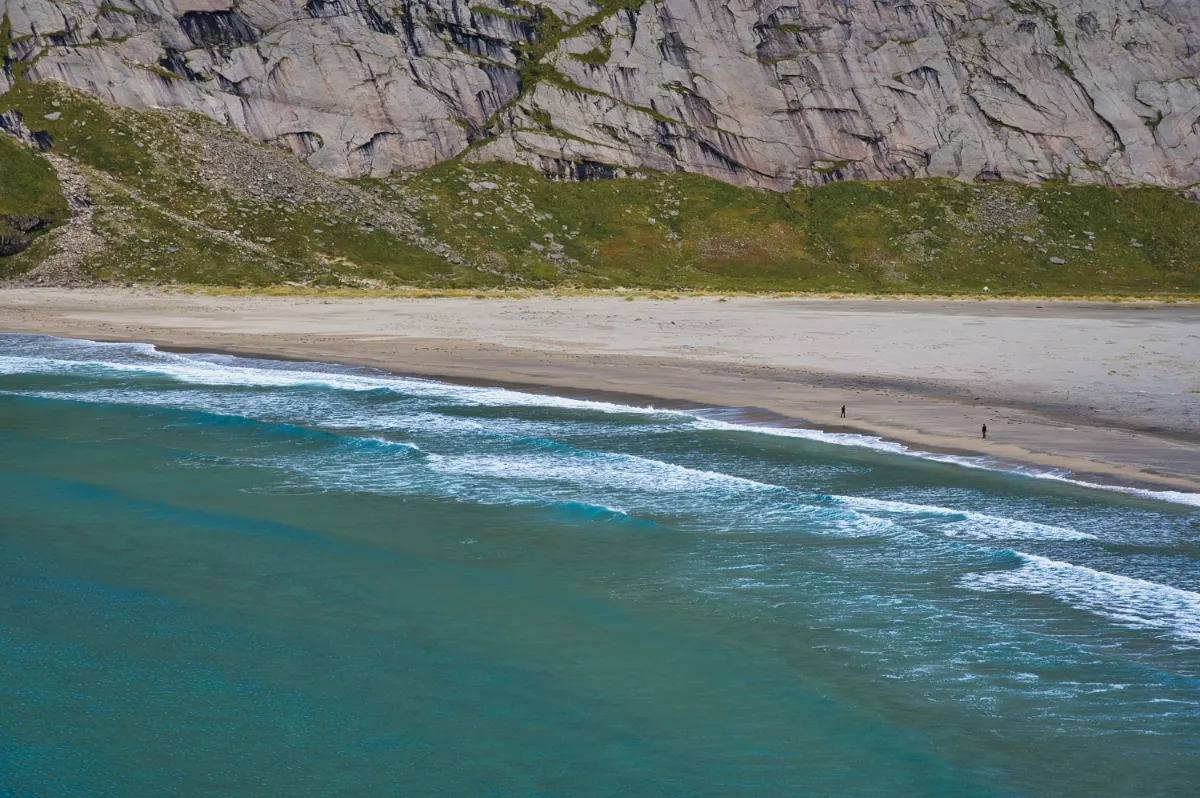








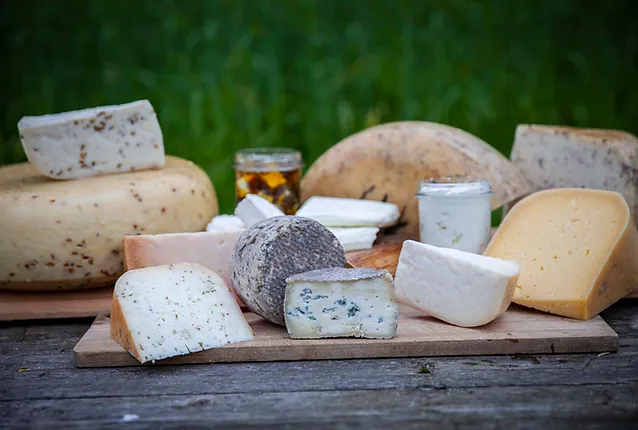
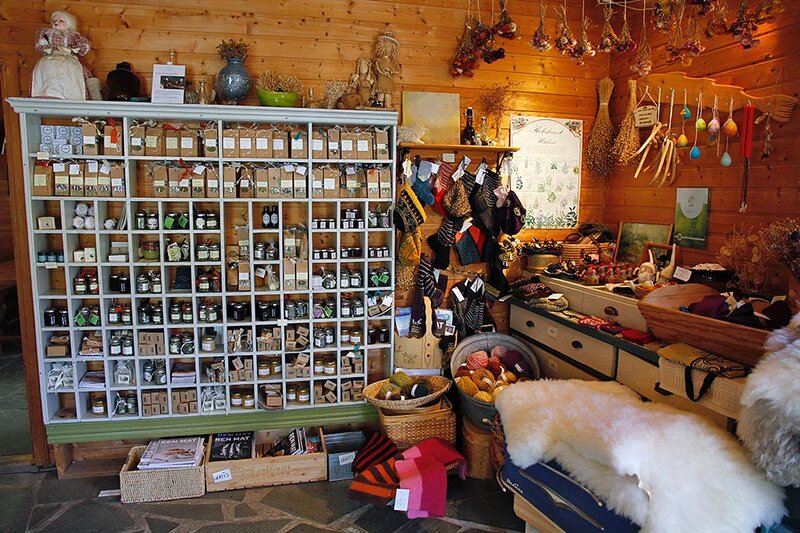


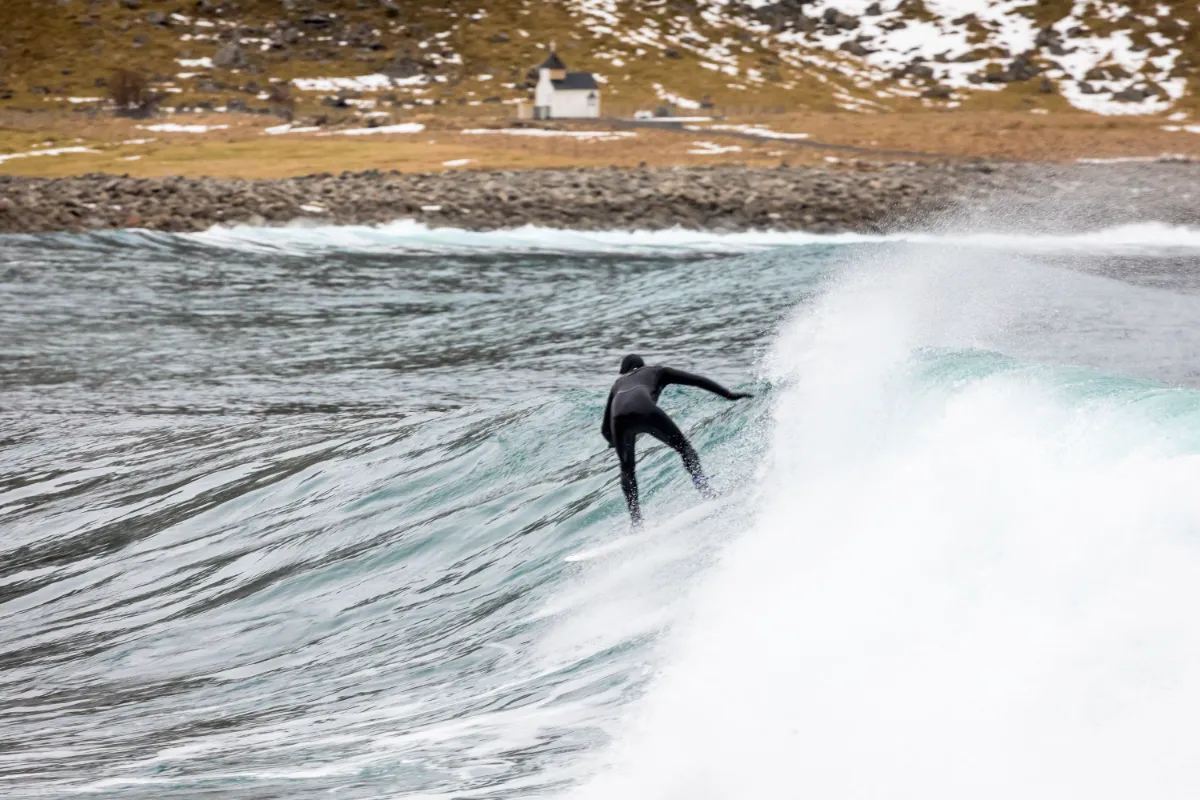
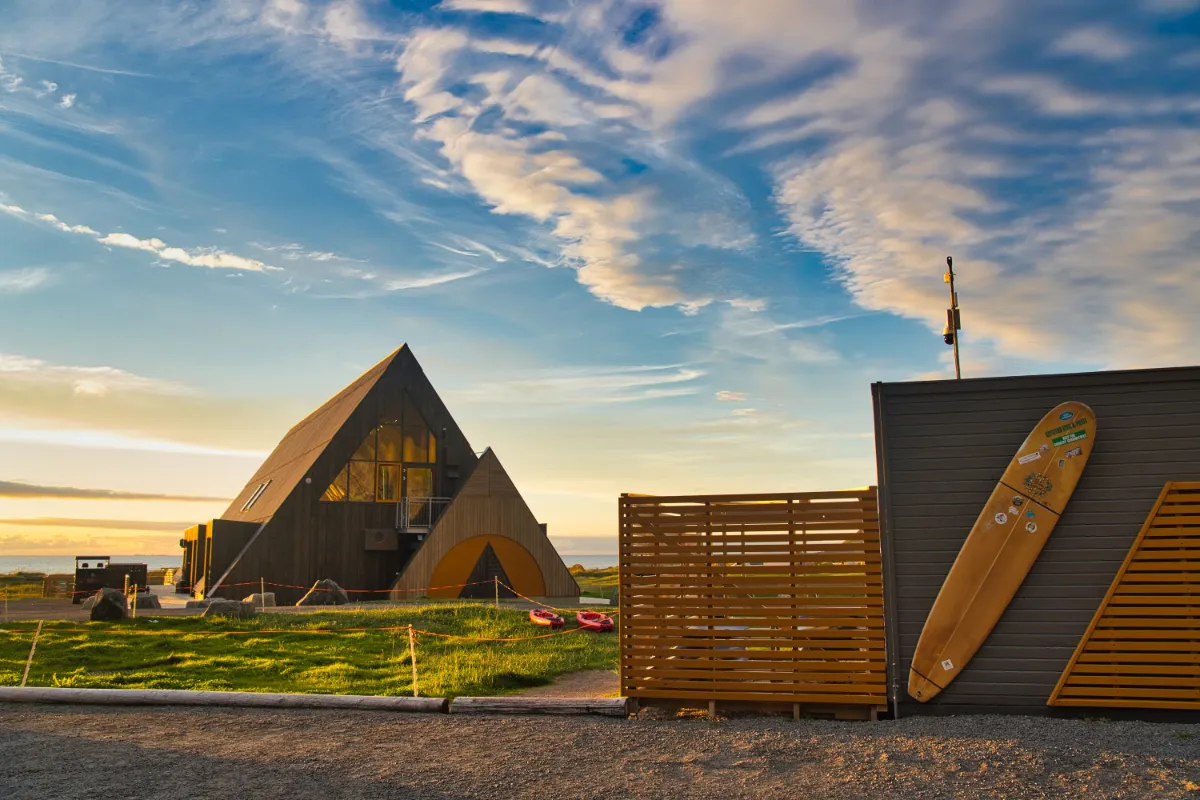
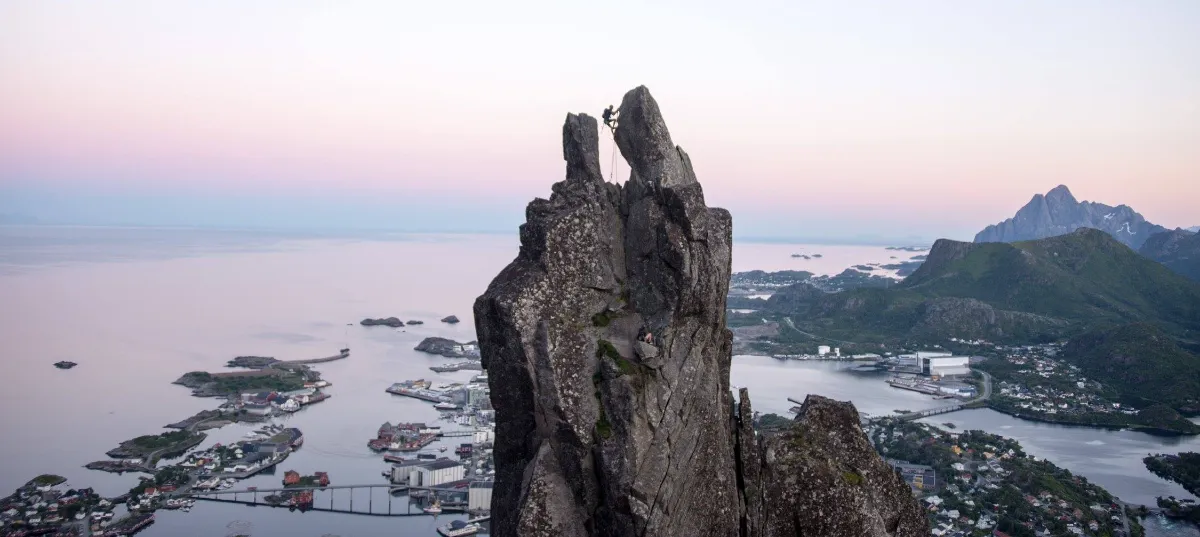
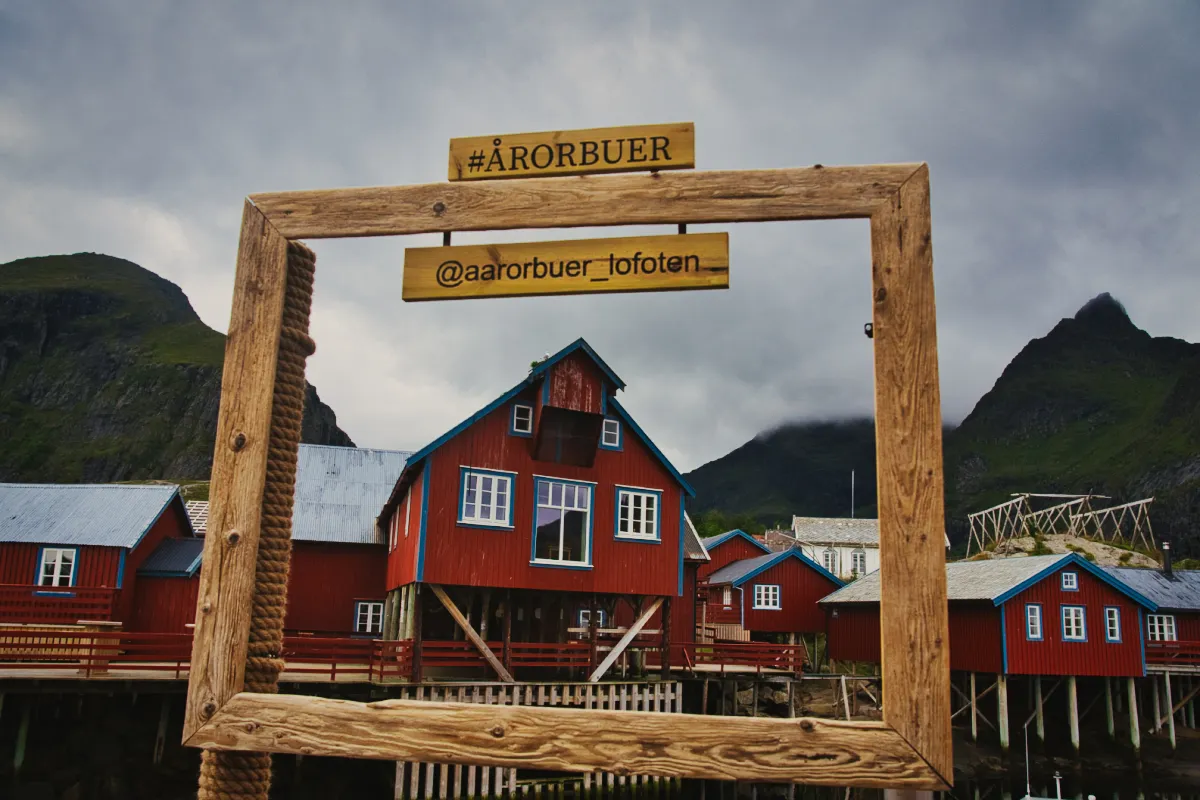
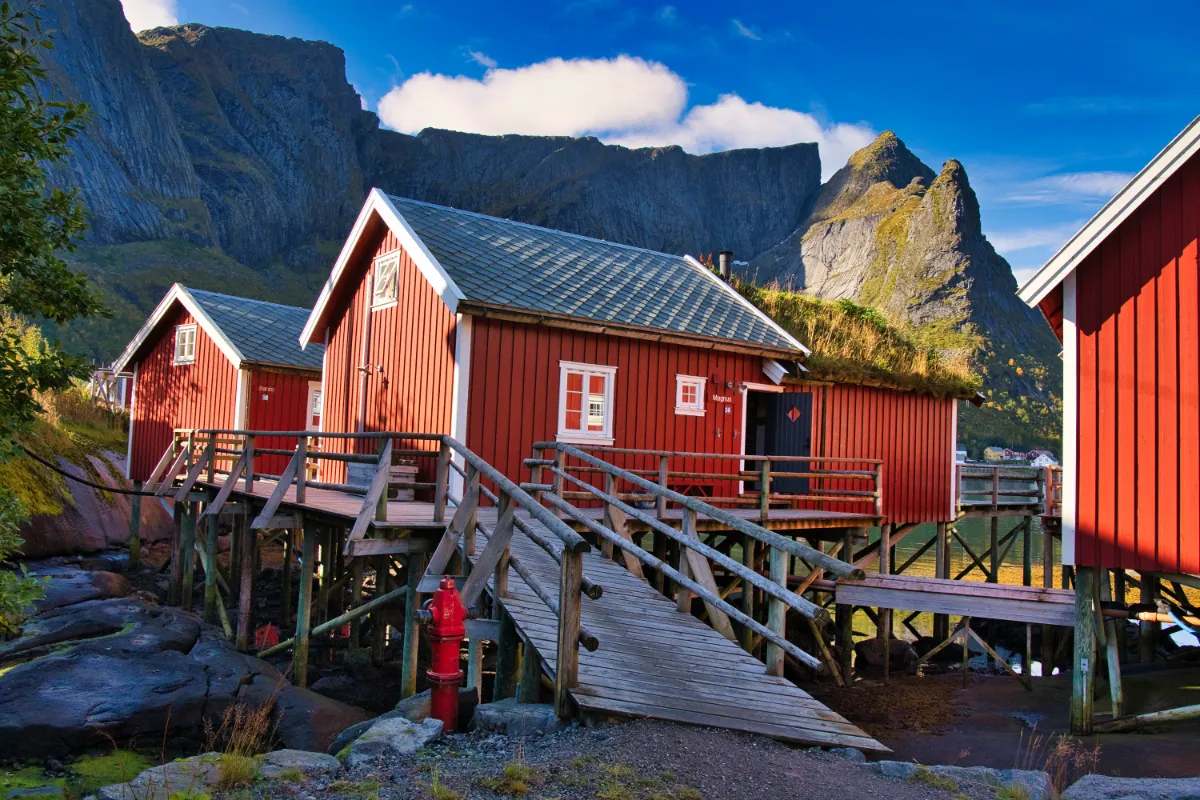
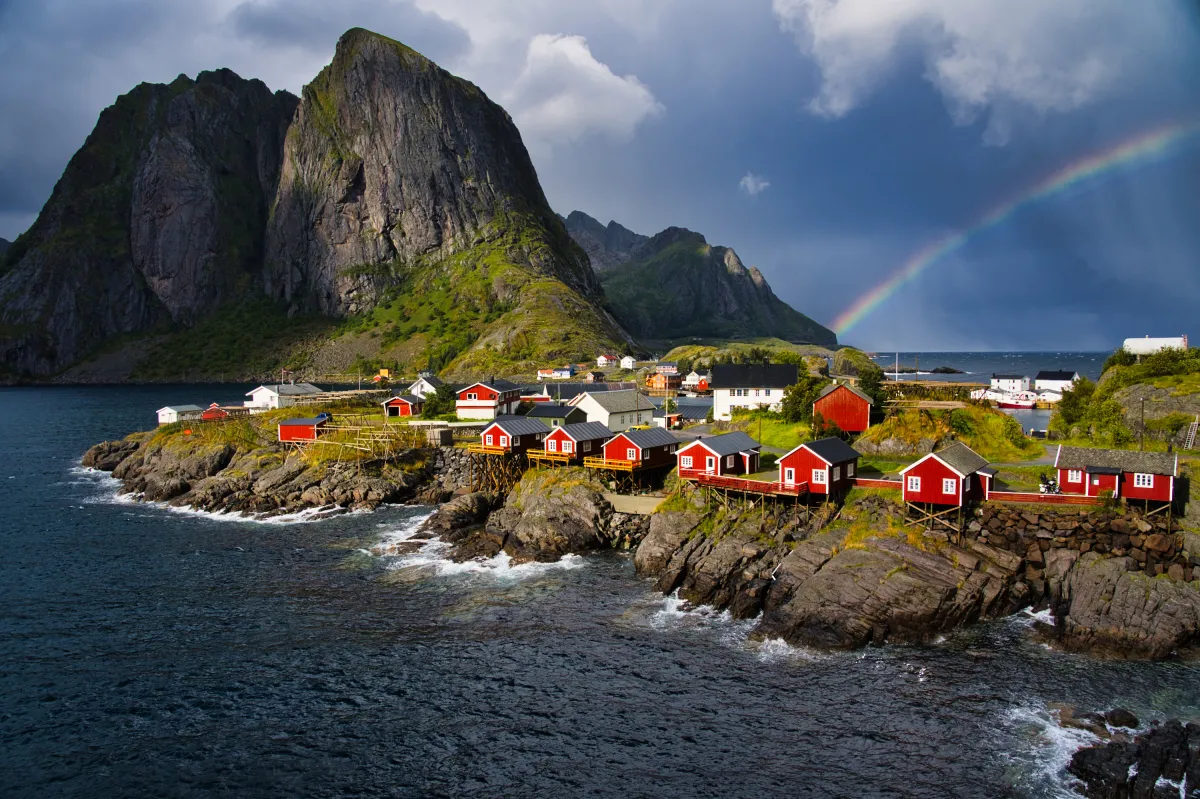
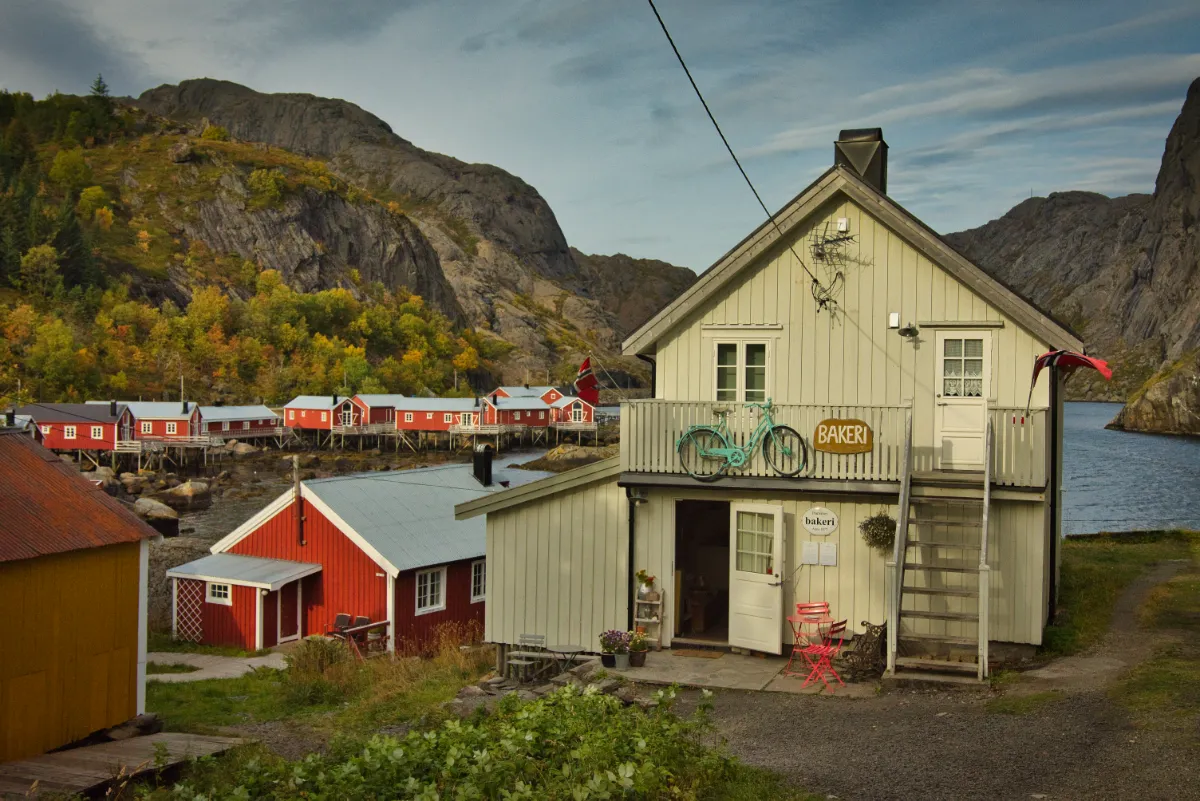
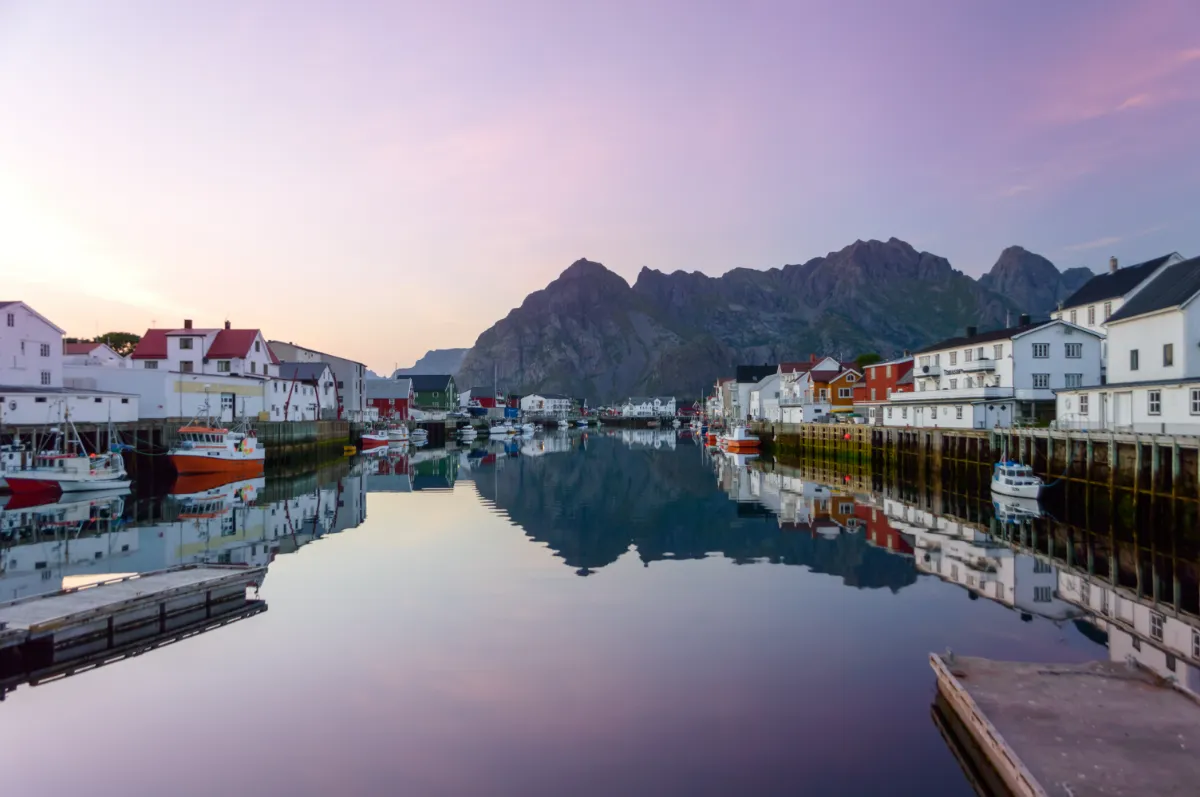
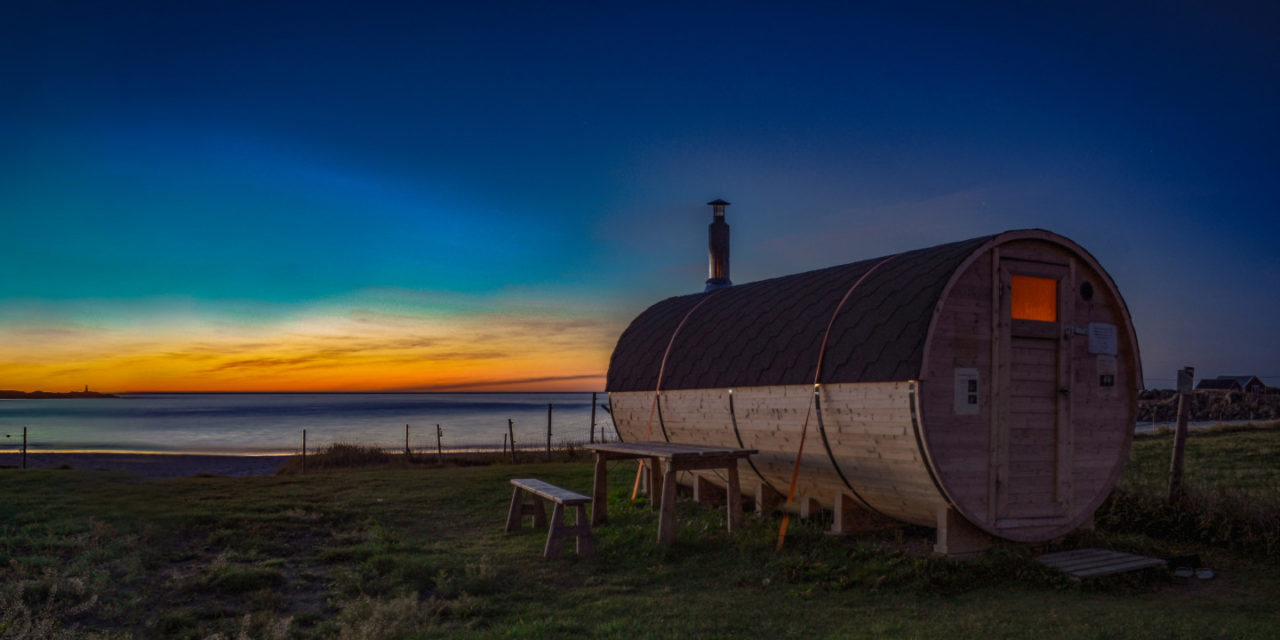



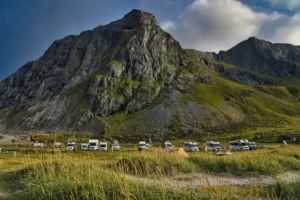
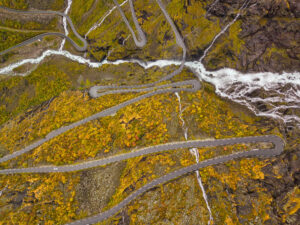
One Response
Fantastic guide, but when its a guide to Lofoten. Way only show one Company for engelsk, Kayakking mm? It could be Great for tourist and the readers to see all activitys who offering all over Lofoten, like puffins safari at Røst, rib safari in Reine, Lofoten Explorer, Lofoten charterbåt and xxl Lofoten for sea Eagles safari. Kayakking by Lofoten active in Svolvær and kabelvåg and xxl Lofoten. + alot more activitys. When its comming to guiding allong Lofoten for the Northern lights its only few Company who have licens to do this leagle from nordland fylkeskommune and statens vegvesen.